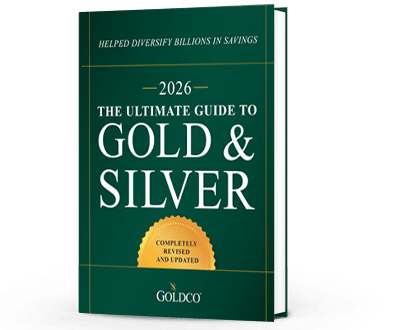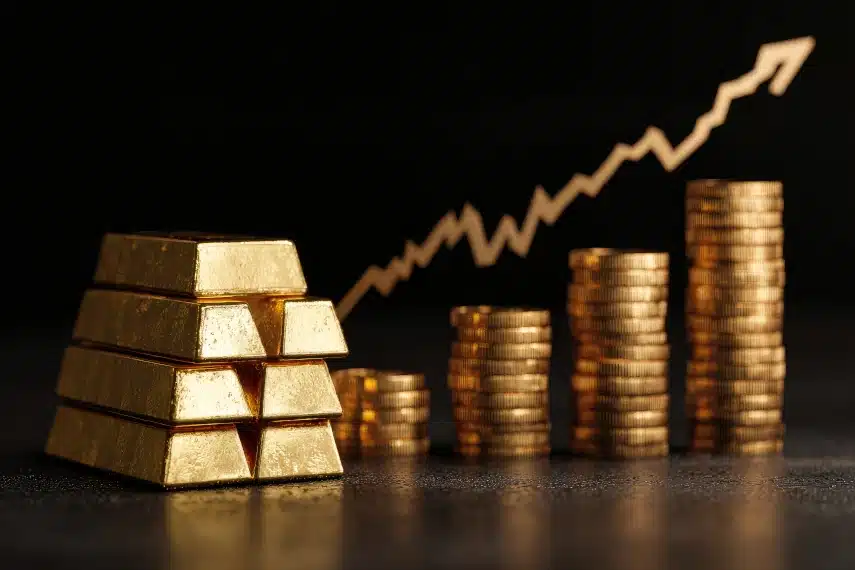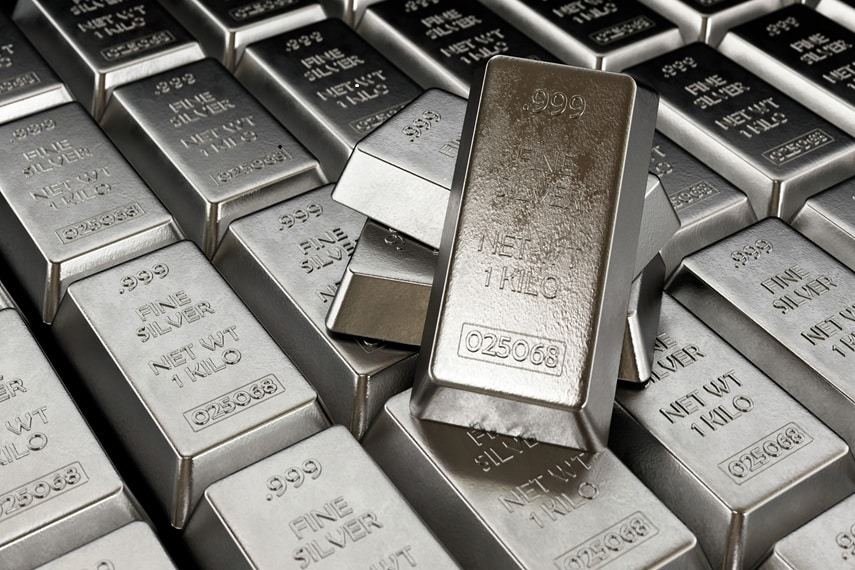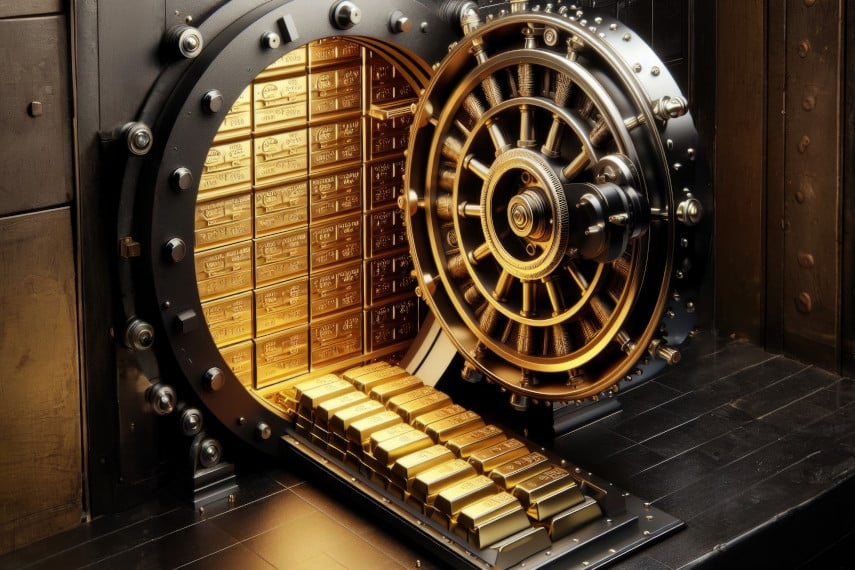
Fears of a stock market crash are at the back of the minds of many investors. We’ve certainly read all the warnings that a crash is imminent, and for a long time. Last year saw a “mini-crash” that wasn’t really mini at all. Stock markets lost 35% of their value in weeks, causing heartache for more than a few investors. But they rebounded, and markets are now back close to all-time highs. With so many false alarms, investors can be excused for thinking that maybe a crash isn’t just around the corner. But is that wise?
Those of us who warn about a coming stock market crash may be accused of being the boy who cried wolf. We warn about a crash, show the signs that markets are overvalued, but then the crash never comes. Or does it?
The thing about markets is that no one can time them. You’re told that when you first start investing, that timing markets is impossible and that trying to time markets is less efficient than buying and holding stocks. You can never predict the future with 100% accuracy, and that’s with regard to both positive and negative events.
Just like you couldn’t have predicted that the stock you bought at $8 and sold at $15 would one day be worth $120, so too you can’t predict exactly when the stock market downturn will occur. The one thing you do know is that a crash will happen, the only question is when.
Knowing that there will be a correction at some point, what are you going to do about it? Are you going to ignore the warning signs until the correction occurs and you lose tens of thousands of dollars, or are you going to take concrete steps to protect your assets ahead of time so that when the crash occurs you remain protected?
Signs of the Coming Crash
Crashes are most often diagnosed in hindsight as, apart from a handful of historical examples such as Black Monday and Black Tuesday, they often can take months to come about. The 2008 financial crisis, for instance, saw stocks peak in October 2007 and reach their bottom in March 2009, a full 17 months of decline. It was nearly a full year after the peak that markets really started to see major daily declines, so investors could have protected themselves early on if they had had the foresight to see what the future would look like. But few did. So what are some concrete signs you can look for?
1. Declining Gold Price
Yes, that’s right, a decline in the gold price can be an indicator that a crash is imminent or even underway. Normally you would expect the gold price to rise as stock markets crash, which in general it does. From October 2007 to March 2009, for instance, gold rose 25%. But within that time frame, it declined, particularly in late 2008 when stock markets were also facing difficulties. There are two reasons for this.
a. Late-Stage Euphoria
In a late stage euphoria, investors become over exuberant about stock market performance. They throw caution to the wind, confident that their stock picks are sure bets. They see other people making money in stocks and assume they can too. As this euphoria spreads, demand for gold and other safe haven assets falls, as risk appetites increase and fears about the future dissipate.
b. Rush to Liquidity
Another reason for the gold price to fall is a rush to liquidity. Investors, whether individuals or institutions, seek the solace of liquid assets such as cash during a crash. Maybe they have a mortgage to pay, or maybe a financial institution has payments to make. Whatever the reason, cash is required, and assets need to be sold to drum up that cash. Gold, being easily liquidated on markets, can be one of the first assets to be sold. As gold sales increase, the price drops.
This most often occurs after a crash is already underway, such as in late 2008, when the gold price and stock market indexes are both decreasing together. That’s an indicator that assets are being liquidated in a flight to liquidity.
2. Overvalued Stocks
When someone says that stocks are overvalued, they’re often referring to some sort of financial ratio, such as the price to earnings (P/E) ratio. Certainly the last few stock market collapses have been preceded by what could be described as excessively high P/E ratios.
A rising P/E ratio means that investors are paying higher prices for stocks, far in excess of the money the company issuing the stock is bringing in. Normally a rising P/E ratio is caused by a rise in the numerator, due to more and more investors bidding up stock prices in the hope of further price appreciation in the future.
There isn’t really such a thing as a “normal” P/E ratio, but when P/E ratios get out of whack when compared to historical levels, it can be an indicator that stocks are overvalued and that a crash could be coming soon. Currently the S&P 500’s P/E ratio is 39.97, whereas the historical long-term level has been between 15 and 20. The Dow Jones Industrial Average’s P/E ratio is 32.64, versus 20.96 a year ago. Both these P/E ratios are high, and indicate that stocks are likely very overvalued.
3. Inverted Yield Curve
The inverted yield curve is another sign of an impending recession, which in recent decades has normally been concomitant with a stock market collapse. The yield curve pattern in recent recessions has been that the yield curve “flips,” meaning that yields on short-term debt exceed those on long-term debt, then rapidly begins to increase again before the recession occurs.
We’re in the midst of a very weird recession since it was brought on not due to economic forces but due to government action. So we have yet to see the effects of the actual recession that would have occurred and that likely will still follow after this current recession. But if you look at the 2-year/10-year yield curve figures, it certainly looks eerily similar to the pattern that we saw prior to 2008.
The Difficulty of Knowing the Future
Obviously we can’t predict the future, we can only speculate. But we can protect ourselves and, more importantly to our financial future, our assets, if we look at warning signs, heed them, and adjust our behavior accordingly.
There’s a growing sense that the next major crisis isn’t a matter of “if” but rather a matter of “when.” And when that crisis occurs, many investors want to find themselves safely protected from its effects.
If you lived through the crisis of 2008, you likely saw significant losses to your investment portfolio. Do you want to suffer those same losses today? Have you taken concrete steps to ensure that your portfolio is better protected than it was back then?
If you didn’t live through the crisis of 2008, or you didn’t have significant assets back then, have you learned from the mistakes of investors who suffered losses in the crisis? Have you implemented strategies to keep your retirement savings from suffering losses in the event of another 2008-style or worse crisis?
Many investors wished that they had invested in gold through the 2008 crisis, as it gained 25% during the same time period that stock markets lost over half their value, then continued to rack up major gains. That’s why so many investors today have decided to protect their retirement savings by buying gold. Are you one of them?
With a gold IRA, you can protect your retirement savings with an investment in physical gold coins or bars. A gold IRA offers you the same tax advantages as any other IRA. The only difference is that it invests in gold coins or bars that you choose. You can even roll over or transfer existing assets from a 401(k), TSP, IRA, or similar account into a gold IRA, allowing you to protect your retirement savings without tax consequences.
Don’t wait until markets begin to tank before safeguarding your hard-earned wealth. If you want to learn more about how buying gold can help protect your dreams of retirement, call the experts at Goldco today.





